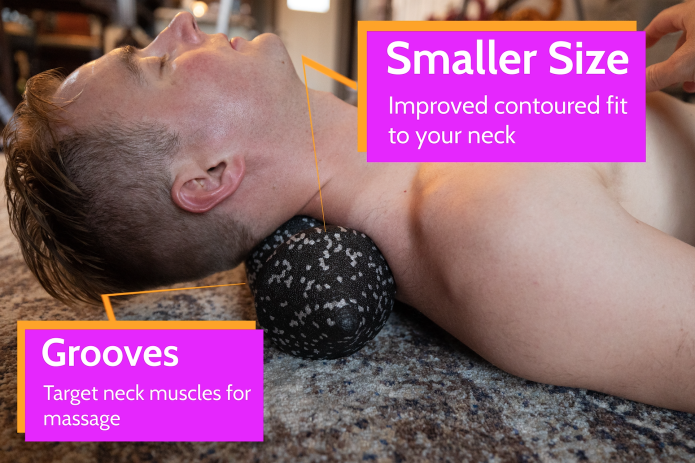
A muscle knot, or myofascial trigger point, is a tight band of muscle fibers that forms when muscle fibers become overworked and fail to release. These knots can be tender to the touch and can cause localized or referred pain. When a muscle knot is present, the affected muscle fibers become contracted and can restrict blood flow to the area, which can cause further pain and discomfort.
Muscle knots can be caused by a variety of factors, including poor posture, repetitive motions, physical trauma, and emotional stress. They are commonly found in the neck, shoulders, back, and hips, but can occur in any muscle group in the body.
While muscle knots can often be relieved with self-massage techniques like using a foam roller or massage ball, in some cases, medical intervention may be necessary. In severe cases, a healthcare professional may use dry needling or injection therapy to release the muscle fibers and alleviate pain.
Preventing muscle knots involves maintaining good posture, stretching regularly, staying hydrated, and taking frequent breaks during prolonged periods of sitting or standing. Regular exercise and massage can also help keep muscles loose and prevent the formation of knots.

The Rollga Point Roller is a specialized foam roller designed to target specific areas of the body, including the neck. Using the Rollga Point Roller can help release tension in the muscles and improve circulation, which can help alleviate muscle knots and pain.
To use the Rollga Point Roller for a muscle knot in the neck, follow these steps:
-
Lie on your back and place the Rollga Point Roller under the back of your neck.
-
Use your hands to gently support your head and slowly roll the roller up and down the back of your neck, focusing on any areas of tightness or discomfort.
-
Hold the roller on any particularly sore spots for 30-60 seconds, using your breath to help release tension in the muscle.
-
Continue rolling for 3-5 minutes, gradually working out any knots or areas of tightness.
It's important to listen to your body and not apply too much pressure, as this can cause further discomfort or injury. If you experience any pain or discomfort while using the Rollga Point Roller, stop immediately and consult with a healthcare professional.
In conclusion, muscle knots can be a painful and uncomfortable condition that can be caused by a variety of factors. Self-care techniques like using a foam roller or massage ball can help alleviate muscle knots, but in severe cases, medical intervention may be necessary. Maintaining good posture, stretching regularly, staying hydrated, and taking frequent breaks can help prevent the formation of muscle knots.
